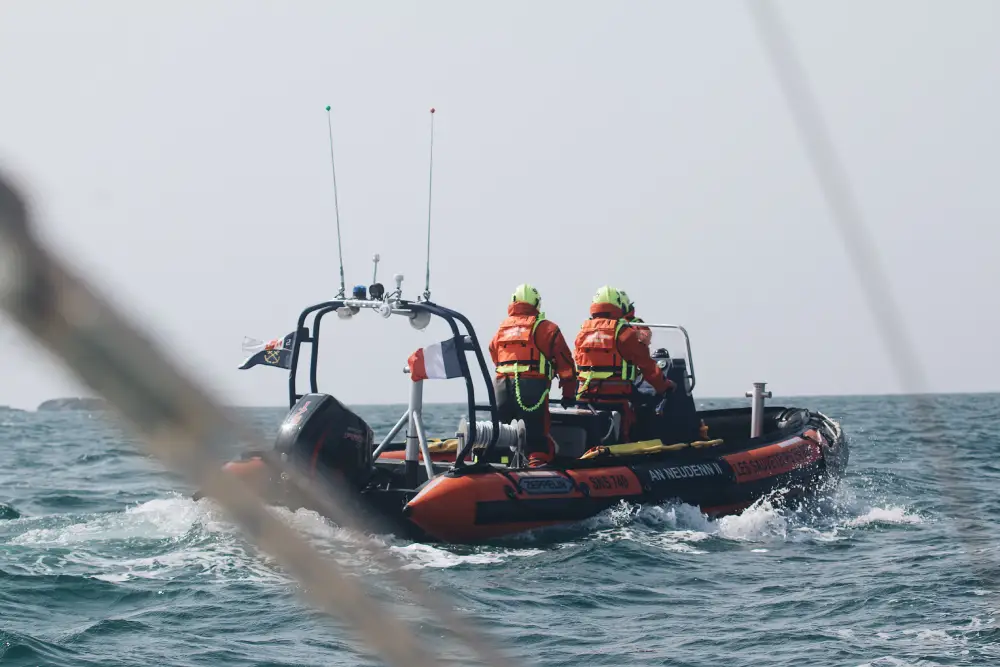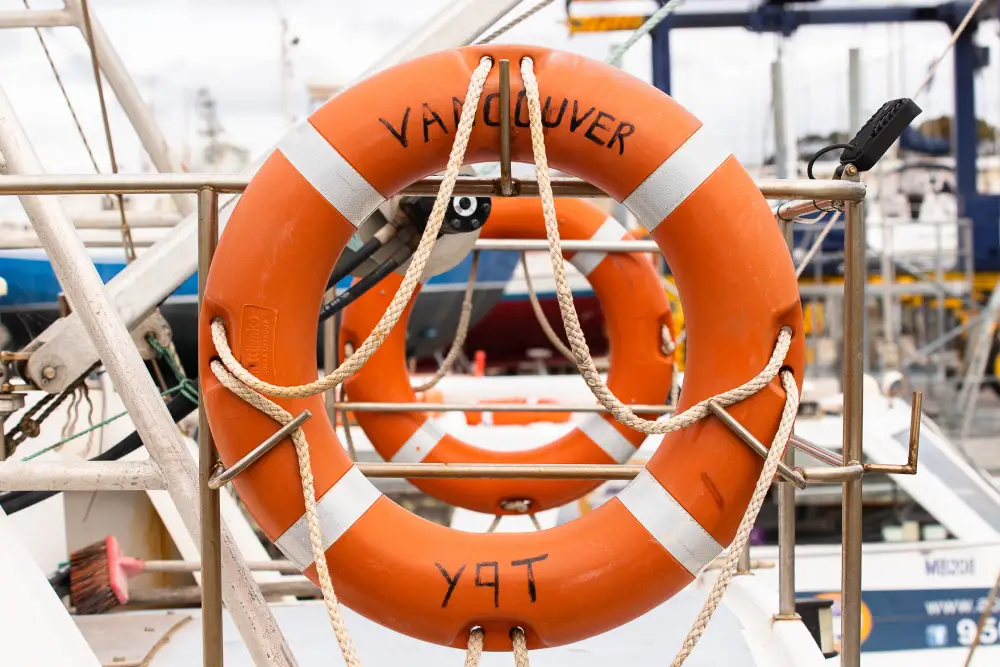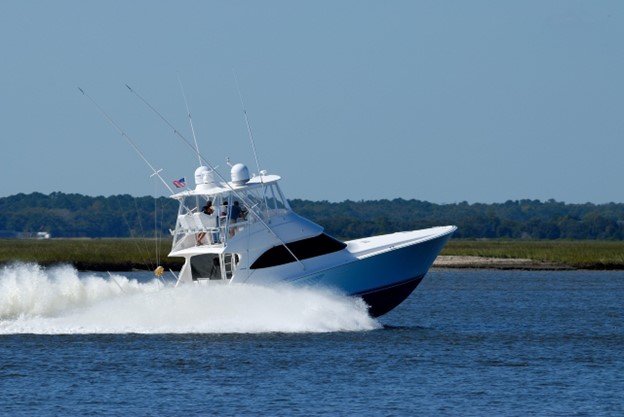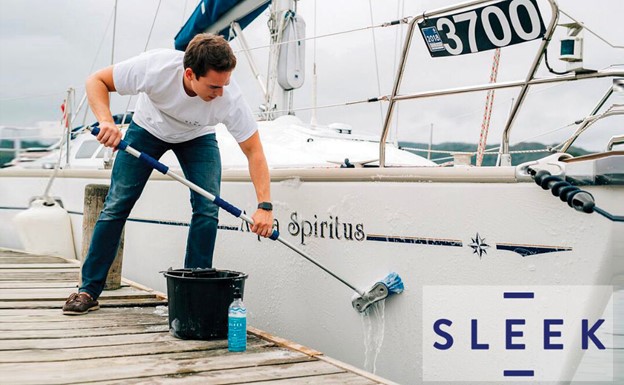
When you’re out on the water, it’s crucial to be aware of the possible dangers that can arise. Boating emergencies can occur unexpectedly, and understanding which types of emergencies pose the greatest risk of fatalities is essential for your safety. In this article, we’ll explore the factors contributing to drowning incidents in a boating emergency and shed light on the type of boating emergency that causes the most fatalities.
By being informed about these risks, you can take proactive measures to protect yourself and others while enjoying your time on the water. So let’s dive into this topic together and ensure you are well-prepared should a boating emergency arise.
Understanding the Risk of Drowning in a Boating Emergency
Understanding the risks of drowning in a boating emergency is crucial for everyone on the water. Awareness of these risk and taking preventive measures can significantly improve boating safety. Here are some points to consider for boating safety:
- Inexperience and Lack of Training: Inexperienced boaters or those who lack proper training are at higher risk of getting into dangerous situations. Boating requires skills and knowledge, including handling the boat, reading navigational markers, and responding to a boating emergency. Taking a boating safety course with a professional captain can greatly enhance your preparedness and ability to handle unexpected situations.
- Alcohol and Substance Use: Operating a boat under the control of alcohol or drugs is illegal and significantly increases the chances of accidents and drowning incidents. Alcohol impairs judgement, reaction time, and coordination, making it dangerous to operate a boat. Designate a sober and responsible operator for the vessel and avoid alcohol consumption while boating.
- Overloading and Uneven Weight Distribution: Overloading a boat or uneven distribution of weight can make it unstable and prone to capsizing. Follow the boat’s weight capacity guidelines and ensure proper weight distribution to maintain stability on the water.
- Distracted Boating: Just like distracted driving, distracted boating can be hazardous. Pay attention to your surroundings, refrain from using phones excessively, and look for other vessels and potential hazards.
- Cold Water Immersion: In colder climates or during colder seasons, falling into cold water can be dangerous, even for strong swimmers. Cold water immersion can lead to hypothermia and incapacitation quickly, making it challenging to swim to safety. Wearing appropriate clothing and having a plan for a cold water boating emergency is essential.
By understanding and respecting these risks, boaters can take proactive measures to secure their safety and the safety of others on the water during a boating emergency. Always prioritize safety, wear life jackets, and follow boating best practices to be knowledgeable and capable to handle unusual situations.
Factors Contributing to Drowning Incidents
When you’re out on the water, you must be aware of the aspects that can contribute to drowning incidents. Understanding these risks and taking adequate precautions can greatly increase water safety and prevent tragic accidents. Here are four key factors that contribute to drowning incidents:
- Lack of Personal Floatation Devices (PFDs): Many boating fatalities occur due to individuals not wearing PFDs or not having enough PFDs on board for everyone. It is necessary to wear properly fitted PFD while on boat, especially in a boating emergency. PFDs provide buoyancy and keep you afloat, increasing your chances of survival if you fall into the water unexpectedly.
- Alcohol Consumption: Alcohol impairs judgement, coordination, and response time, making it one of the leading contributors to boating accidents and drownings. When operating a boat, it is essential to stay sober and alert at all times. Avoid consuming alcohol before or during your boating trip to guarantee your safety and the safety of others on board.
- Inadequate Swimming Abilities: A lack of swimming ability increases the risk of drowning. If you plan on spending time on or near the water, it is vital to learn how to swim properly and confidently beforehand. Knowing how to swim allows you to navigate through unexpected situations more effectively and gives you a better chance of reaching safety in case of a boating emergency.
- Poor Weather Conditions: Inclement weather situations such as strong winds, heavy rain, or thunderstorms can create hazardous boating conditions that may lead to drownings if not taken seriously. Always confirm weather forecasts before heading out on the water, and avoid boating during severe weather warnings or advisories whenever possible.
By understanding these factors contributing to drowning incidents and taking necessary precautions, such as wearing PFDs, avoiding alcohol consumption while boating, improving swimming abilities, and being mindful of adverse weather conditions, you can still significantly lessen the risk of drowning and ensure a safer boating experience for everyone involved. Water safety and drowning prevention should always be a top priority when enjoying recreational activities in the water.
Importance of Water Safety Education
Water safety education is not only important for individuals but also for communities and society as a whole. Here are some reasons why water safety education is essential:
- Prevention of Drowning Incidents: Drowning is a significant cause of death worldwide, especially among children and young adults. Water safety education teaches individuals how to recognize and avoid hazardous boating emergency situations, reducing the likelihood of drowning incidents.
- Preparedness for Boating Emergency: Even with the best preventive measures, accidents can still happen. Water safety education equips individuals with essential skills like swimming, floating, and rescue techniques, enabling them to respond effectively in boating emergency situations and potentially saves lives.
- Safe Water Recreation: Many people enjoy water-related activities such as swimming, boating, and water sports. Water safety education ensures that individuals understand the risks involved and know how to enjoy these activities responsibly and safety.
- Awareness of Local Conditions: Different bodies of water have unique characteristics and potential hazards. Water safety education helps people understand the specific risks associated with the water bodies they frequents, such as lakes, rivers, oceans, or swimming pools.
- Life Saving Skills for Lifeguards and Water Rescuers: Proper training in water safety is essential for lifeguards and water rescuers responsible for safeguarding swimmers and managing boating emergency situations. These professionals play a crucial role in public safety, and their competence can be enhanced through ongoing education and training.
Overall, water safety education including boating emergency preparedness, is a proactive and preventive approach to ensure that people can enjoy water-related activities responsibly while minimizing the risks associated with aquatic environments. It not only saves lives but also promotes a sense of responsibility and care for others, creating safer or more enjoyable boating experiences for everyone.
Preventive Measures to Reduce Drowning Incidents

Preventing drowning incidents requires a combination of awareness, preparedness, and responsible behavior. Here are some preventive measures To further reduce the risk of drowning incidents:
- Supervision and Swim Lessons: Never leave children or inexperienced swimmers unattended near water. Supervision by a responsible adult is vital at all times. Enroll children and even adults in swim lessons to improve their water competency and reduce the risk of drowning.
- Learn CPR and First Aid: Being familiar with cardiopulmonary resuscitation (CPR) and basic first aid can be life-saving in case of a drowning incident. Having someone on board with these skills can greatly enhance the chances of saving a life.
- Designate a Water Watcher: When children are present, assign a responsible adult as a designated “Water Watcher”. This person’s sole responsibility is to supervise the kids around the water without distractions.
- Alcohol and Boating Don’t Mix: Avoid alcohol consumption while boating. Alcohol impairs judgement, coordination, and reaction time, increasing the likelihood of accidents and drowning incidents.
- Avoid Risky Behaviors: Discourage dangerous behaviors such as diving into shallow water or swimming alone. Educate everyone on board about the potential risks associated with certain actions.
Remember, water safety is a shared responsibility. Educating yourself and others about water safety measures can go a long way in preventing a boating emergency, drowning incidents, and ensuring a safer boating experience for everyone.
Response and Rescue Strategies in a Boating Emergency
Remaining calm and composed in a boating emergency is essential, as it enables you to think clearly and make better decisions, reducing the risk of further complications. Here are some additional response and rescue strategies that can be beneficial during a boating emergency:
- Assign Roles and Communicate: If you are boating with others, assign specific roles to each person, such as someone responsible for communication, someone for deploying distress signals, and others for assisting in rescue efforts. Clear communication ensures everyone knows their tasks and coordinates their actions effectively.
- Man Overboard (MOB) Procedure: If someone falls overboard, initiate Man Overboard procedures immediately. Keep visual contact with the person in the water, throw a floatation device to them if possible, and mark the location with a buoy or float so that you can return quickly if you need to retrieve them.
- Boat Stability: In the event of capsizing or swamping, it’s essential to maintain boat stability. Encourage everyone to stay with the boat, as it provides a larger surface area to be spotted by rescuers. If possible, climb on top of the overturned hull to increase visibility.
- Emergency Drills: Prior to setting sail, conduct emergency drills with your crew to ensure everyone knows how to respond during different scenarios, such as man overboard, fire on board, or taking on water.
- Floatation Devices: Ensure all passengers wear life jackets or personal floatation device (PFDs) when on board. PFDs are critical in keeping individuals afloat and increasing their chances of survival in case of an accident.
Remember, prevention is the best strategy for boat safety. Always check weather forecasts, maintain your boat in good working state, and follow all safety guidelines and regulations to minimize the risk of a boating emergency. Being prepared and knowledgeable about response and rescue strategies can save lives and ensure a safer boating experience for everyone involved.
Promoting a Culture of Safety on the Water
Promoting a safety culture on the water is essential to ensure the well-being of all boaters and lower the risk of accidents and fatalities. Here are some key strategies and approaches that can help foster a safer boating environment:
- Education and Awareness: Providing comprehensive education on safe boating practices and potential risks is crucial. It includes educating boaters about the importance of wearing life jackets, understanding weather conditions, navigating rules, and proper use of maintenance of equipment. Public awareness campaigns, workshops, and online resources can play a significant role in disseminating this information.
- Regulations and Enforcement: Implementing and enforcing regulations related to boat maintenance, operator qualifications, and emergency preparedness are vital in promoting safety on the water. Regulatory bodies should regularly inspect vessels and hold boaters accountable for adhering to safety standards.
- Training and Skill Development: Regular training sessions on emergency response procedures and essential boating skills can equip boaters with the knowledge and confidence to handle critical situations effectively. Training should cover scenarios like man overboard drills, fire suppression techniques, and communication during distress calls.
- Promote Safety Equipment: Emphasize the importance of carrying safety items on board, such as life jackets, first aid kits, fire extinguishers, distress signals, and communication devices. Encourage boaters to check and maintain this equipment regularly.
- Community Engagement: Building a sense of community and collective responsibility among boaters can enhance safety. Establish local boating groups, clubs, or forums where boaters can share safety tips, experiences, and concerns.
By combining these strategies and promoting a collective commitment to safety, boaters can establish a safer and more enjoyable experience for everyone on the water. Remember, safety should always be a top priority, and each individual’s actions contribute to the overall safety culture on the water, whether it’s a routine outing or a boating emergency situation.
The Bottom Line
Let us always remember that being out on the water is a privilege but also a responsibility that should never be taken lightly. By embracing a safety culture and making wise choices while boating, we can ensure that our time spent on the water remains enjoyable and accident-free. So go ahead – navigate those waters confidently, knowing you are equipped with the information and skills needed to keep yourself and others safe during any boating emergency.
At The Boat Concierge, we always prioritize your safety during boat trips. Contact us today to experience worry-free boating with our expertly managed boat charters. Stay safe, informed, and make the most of your time on the water!



